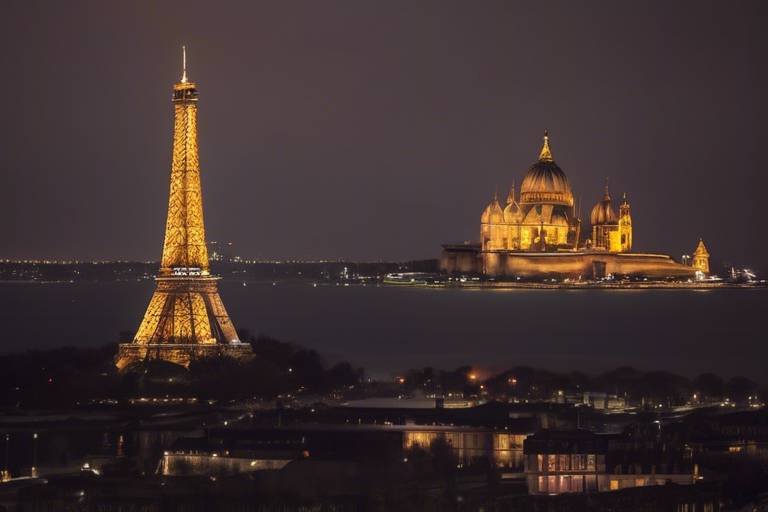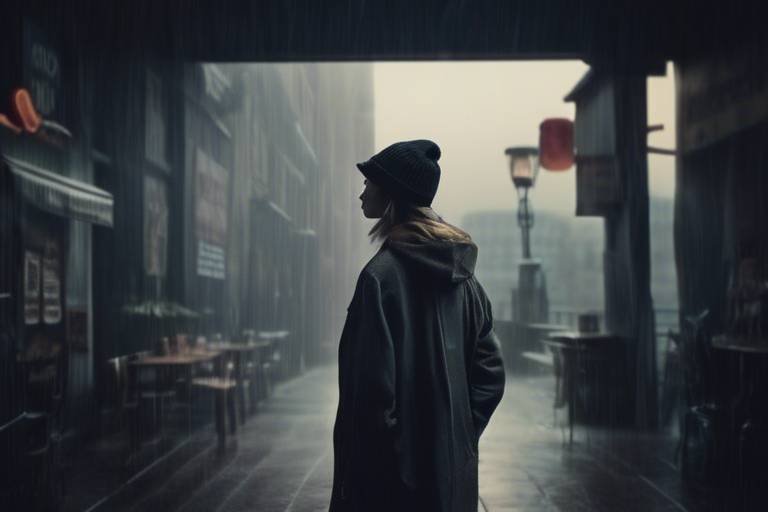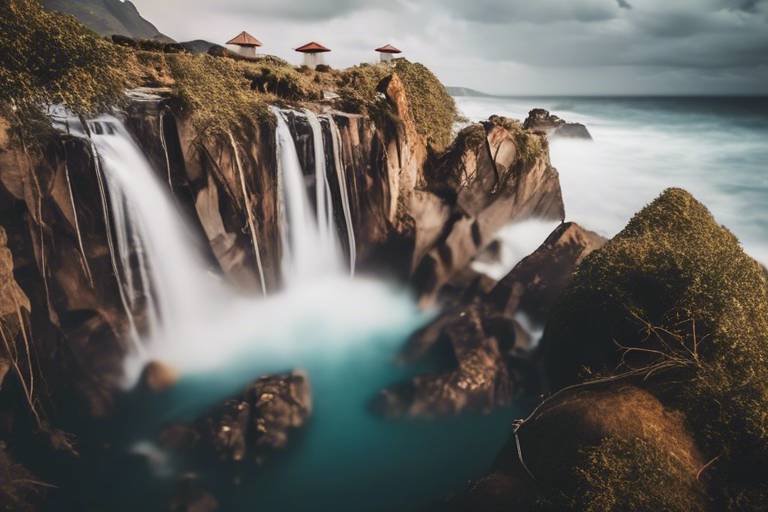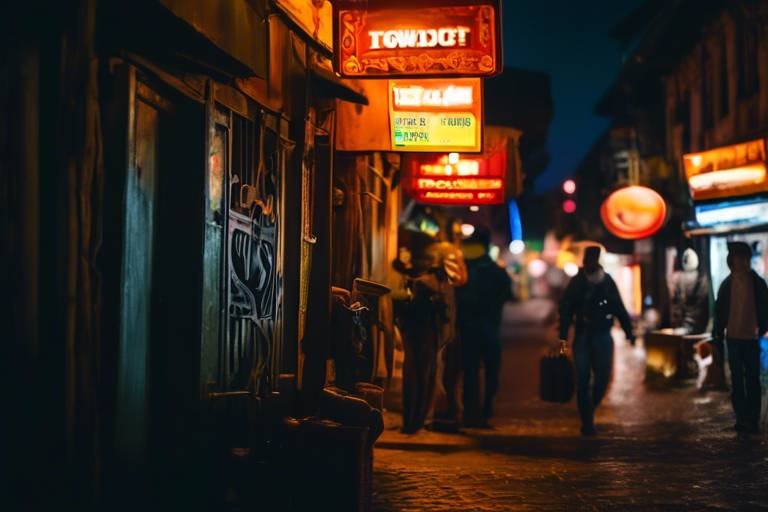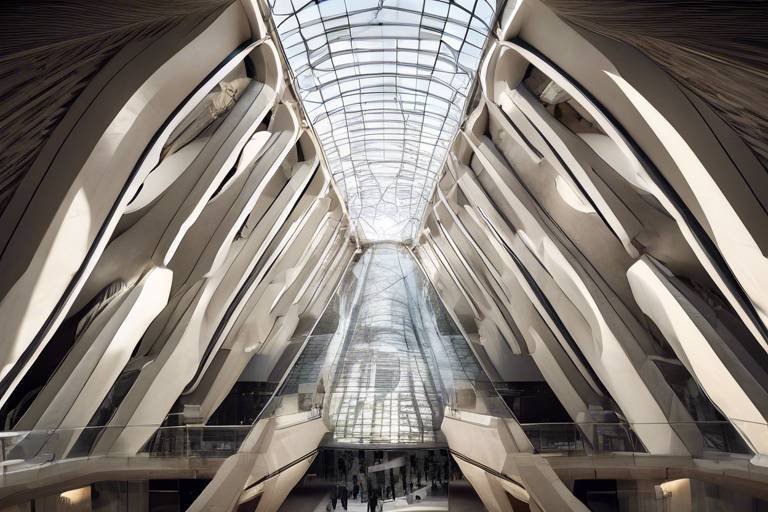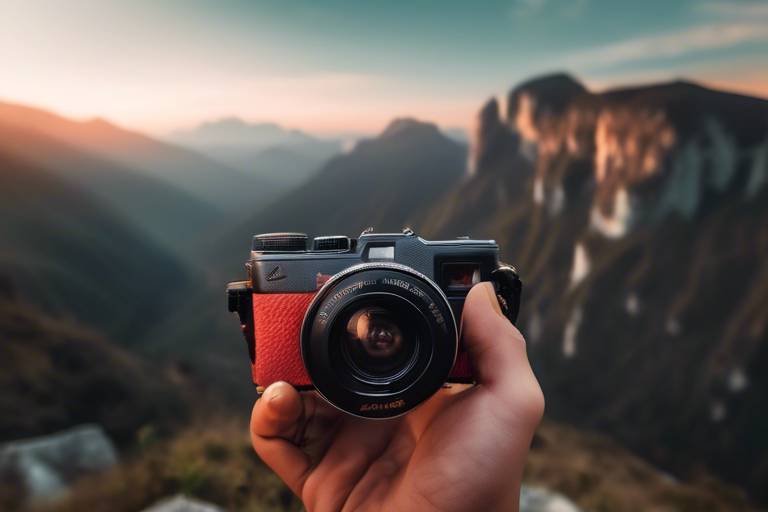Tips for Photographing Landmarks in Different Lighting Conditions
When it comes to photographing landmarks, mastering different lighting conditions is key to capturing stunning and memorable images. Whether you're faced with harsh sunlight, soft twilight, or artificial lighting, these tips will help you elevate your photography skills and create exceptional photos that stand out.
Understanding how natural light affects your subject is essential. The golden hour, with its warm and soft light during sunrise and sunset, can beautifully illuminate landmarks, adding a magical touch to your photos. On the other hand, the blue hour, occurring before sunrise and after sunset, creates a serene atmosphere perfect for capturing the essence of landmarks in a different light.
When natural light is limited or not ideal, don't hesitate to embrace artificial light sources. Streetlights, building illuminations, or even light painting techniques can enhance the mood and ambiance of your landmark photos. Balancing artificial light with the surrounding environment is crucial to achieving striking and well-exposed images.
Adjusting your camera settings is a fundamental aspect of photographing landmarks in varying lighting conditions. Experiment with different aperture settings to control the amount of light entering your lens, adjust shutter speed to capture motion or create long exposures, and fine-tune ISO to manage the camera's sensitivity to light.
Filters can be your best ally when dealing with challenging lighting situations. Polarizing filters can reduce glare and enhance colors, while neutral density filters help control exposure in bright conditions. Understanding how to use filters effectively can significantly improve the quality of your landmark photos.
Exploring different shooting angles and perspectives can transform your photos and create unique compositions. Don't be afraid to get creative and experiment with unconventional angles to capture landmarks in a fresh and visually engaging way. Changing your viewpoint can reveal new details and highlight the play of light and shadow on your subject.
Embracing shadows and silhouettes can add depth and drama to your landmark photos. Instead of avoiding shadows, use them to your advantage to create a sense of mystery and intrigue. Silhouettes, in particular, can convey emotion and storytelling, making your images more compelling and memorable.
Post-processing is the final step in refining your landmark photos. Use editing tools to enhance colors, adjust contrast, and fine-tune overall image quality. Correcting lighting issues and applying subtle adjustments can make your photos truly stand out and shine in any lighting condition.
Remember, patience and persistence are key when photographing landmarks in different lighting conditions. Waiting for the right light, revisiting locations at different times of the day, and continuously practicing and honing your skills will ultimately lead to capturing breathtaking and captivating images that showcase landmarks in their best light.
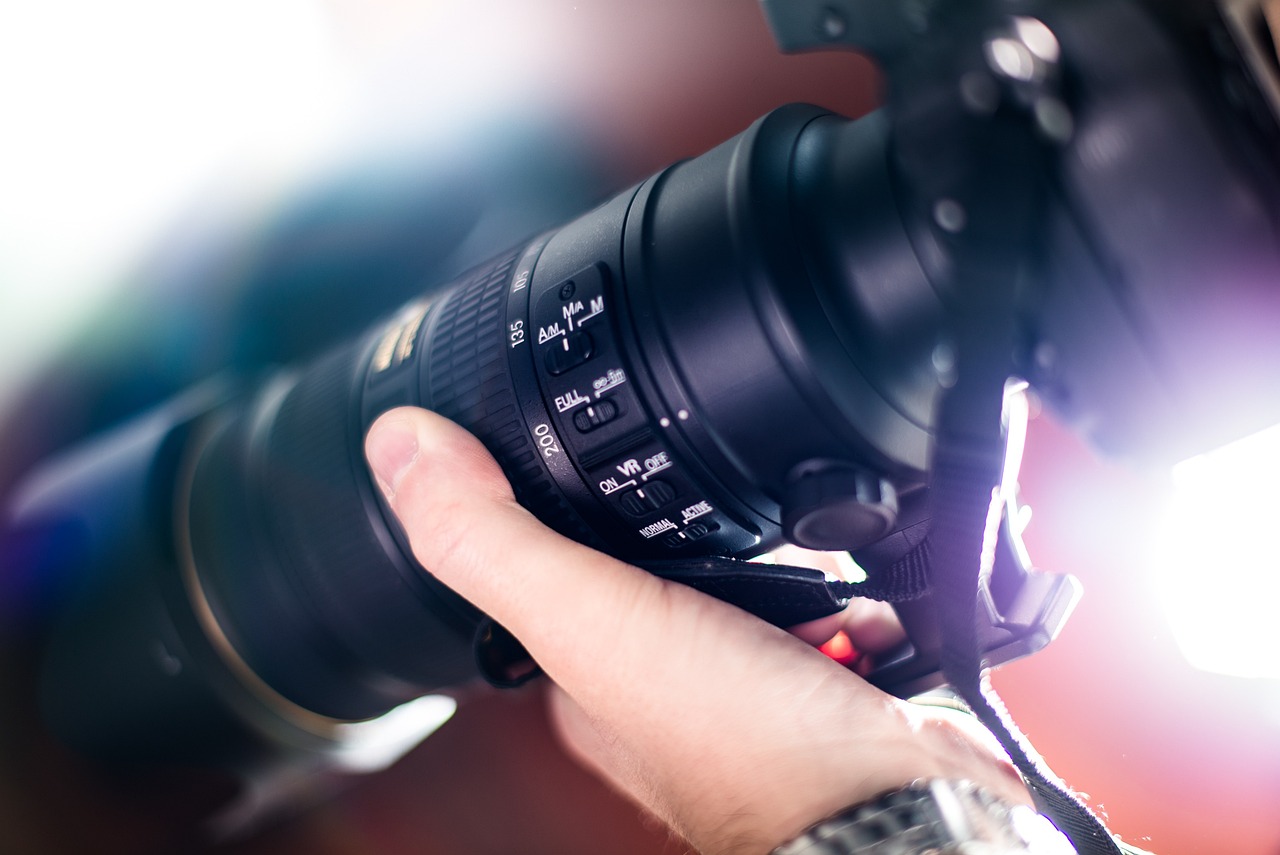
Understanding Natural Light
Natural light is a photographer's best friend, offering a diverse range of tones and moods to your landmark photos. The golden hour and blue hour are two magical times of the day that can transform your images into breathtaking works of art. During the golden hour, the warm, soft light creates a romantic atmosphere, ideal for capturing the soft contours and intricate details of landmarks. On the other hand, the blue hour, occurring before sunrise and after sunset, bathes the scene in a cool, ethereal light, adding a touch of mystery and tranquility to your photos.
Understanding how natural light behaves at different times of the day is crucial for mastering landmark photography. By observing the direction, intensity, and color temperature of light, you can adjust your shooting position and settings to achieve the desired look. For instance, front lighting can highlight the details of a landmark evenly, while side lighting can create dramatic shadows and depth. Backlighting, on the other hand, can silhouette the landmark against a glowing sky, adding a sense of grandeur and scale to your composition.
Moreover, cloud cover and weather conditions can dramatically alter the quality of natural light. Cloudy days diffuse sunlight, creating soft, even lighting ideal for minimizing harsh shadows and capturing subtle textures. On the contrary, clear skies provide intense, directional light that can emphasize the shapes and contours of landmarks, enhancing their visual impact. Understanding how to adapt to these changing conditions will elevate the quality of your landmark photos and make them stand out.
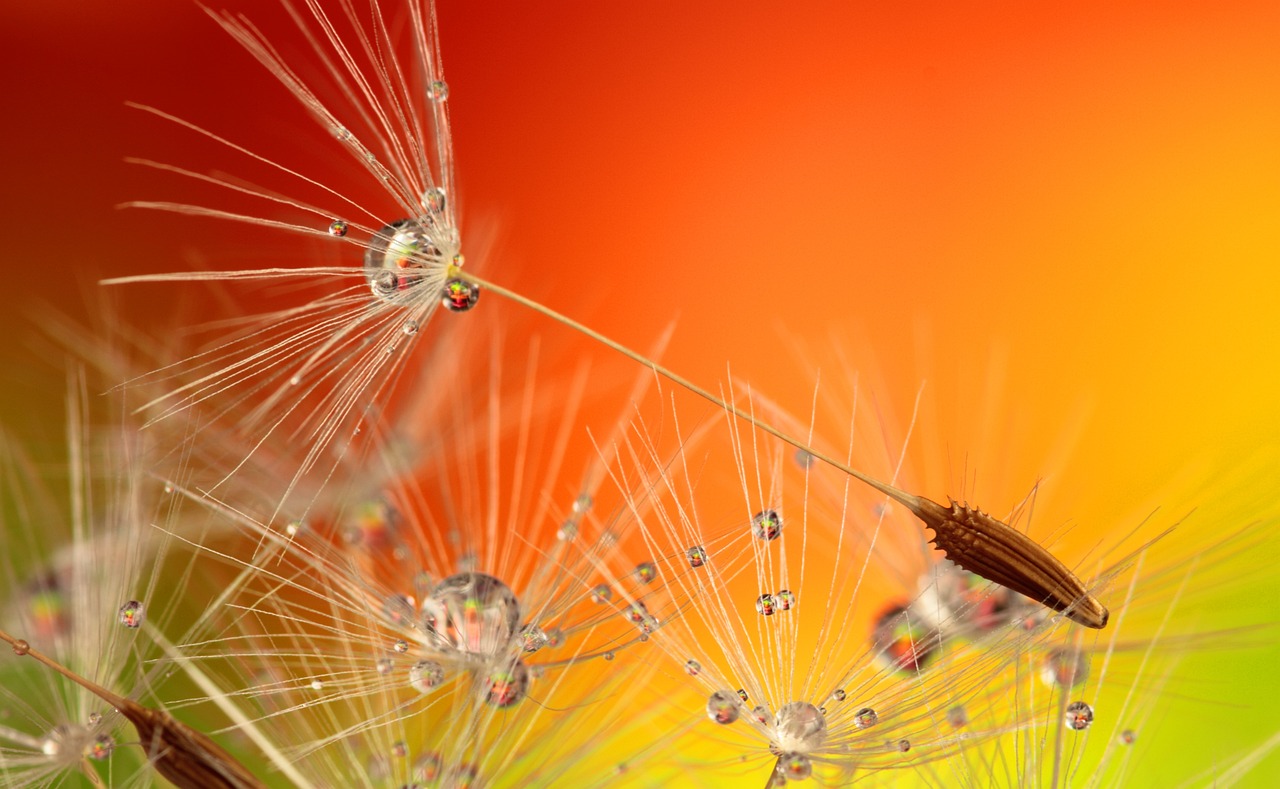
Using Artificial Light
When it comes to photographing landmarks, mastering the use of artificial light can be a game-changer in capturing stunning images. Artificial light sources such as streetlights, building illuminations, or even handheld lights can help enhance the visual appeal of your landmark photos, especially in situations where natural light is insufficient or unfavorable.
One key aspect to consider when using artificial light is striking the right balance between the artificial light source and the existing ambient light. This balance is crucial in ensuring that the artificial light complements the landmark rather than overpowering it. By adjusting the intensity and direction of artificial light, you can create a harmonious blend that highlights the unique features of the landmark while maintaining a natural look and feel.
Experimenting with different artificial light sources can also open up a world of creative possibilities for your landmark photography. Whether it's playing with the warm glow of streetlights against a night sky or using colored lights to add a dynamic element to your composition, don't be afraid to push the boundaries and explore unconventional lighting techniques.
Additionally, consider the use of light modifiers such as diffusers or reflectors to control and manipulate artificial light for more nuanced effects. These tools can help soften harsh light, create interesting shadows, or enhance the overall mood of your landmark photos, adding depth and dimension to your compositions.

Adjusting Camera Settings
Adjusting camera settings is a fundamental aspect of capturing stunning photos of landmarks in various lighting conditions. By mastering your camera's settings, you can ensure that your images are well-exposed, sharp, and visually appealing. One crucial setting to consider is the aperture, which controls the amount of light entering the camera. Adjusting the aperture allows you to achieve the desired depth of field, whether you want a sharp focus on the landmark itself or a blurred background to make the subject stand out.
In addition to aperture, adjusting the shutter speed is essential for controlling the exposure of your photos. A faster shutter speed is ideal for capturing sharp images in bright lighting conditions, while a slower shutter speed can create motion blur effects or allow more light to enter the camera in low-light situations. Experimenting with different shutter speeds can help you achieve the perfect balance between capturing motion and maintaining image clarity.
ISO settings also play a vital role in adjusting camera settings for photographing landmarks. Increasing the ISO sensitivity can make your camera more responsive to light, allowing you to shoot in darker environments without compromising image quality. However, higher ISO settings may introduce digital noise, so finding the right balance based on the available light is crucial for achieving optimal results.
When faced with challenging lighting conditions, such as high contrast or harsh shadows, using exposure compensation can help you adjust the overall brightness of your images. By dialing in positive or negative exposure compensation, you can fine-tune the exposure to ensure that the highlights and shadows are well-balanced, resulting in more visually pleasing landmark photos.
Moreover, utilizing the white balance settings on your camera is essential for capturing accurate colors in different lighting situations. Adjusting the white balance can help you avoid color casts and ensure that the colors in your landmark photos appear natural and true to life. Whether you're shooting under warm golden hour light or cool blue hour tones, setting the white balance correctly can make a significant difference in the overall look of your images.
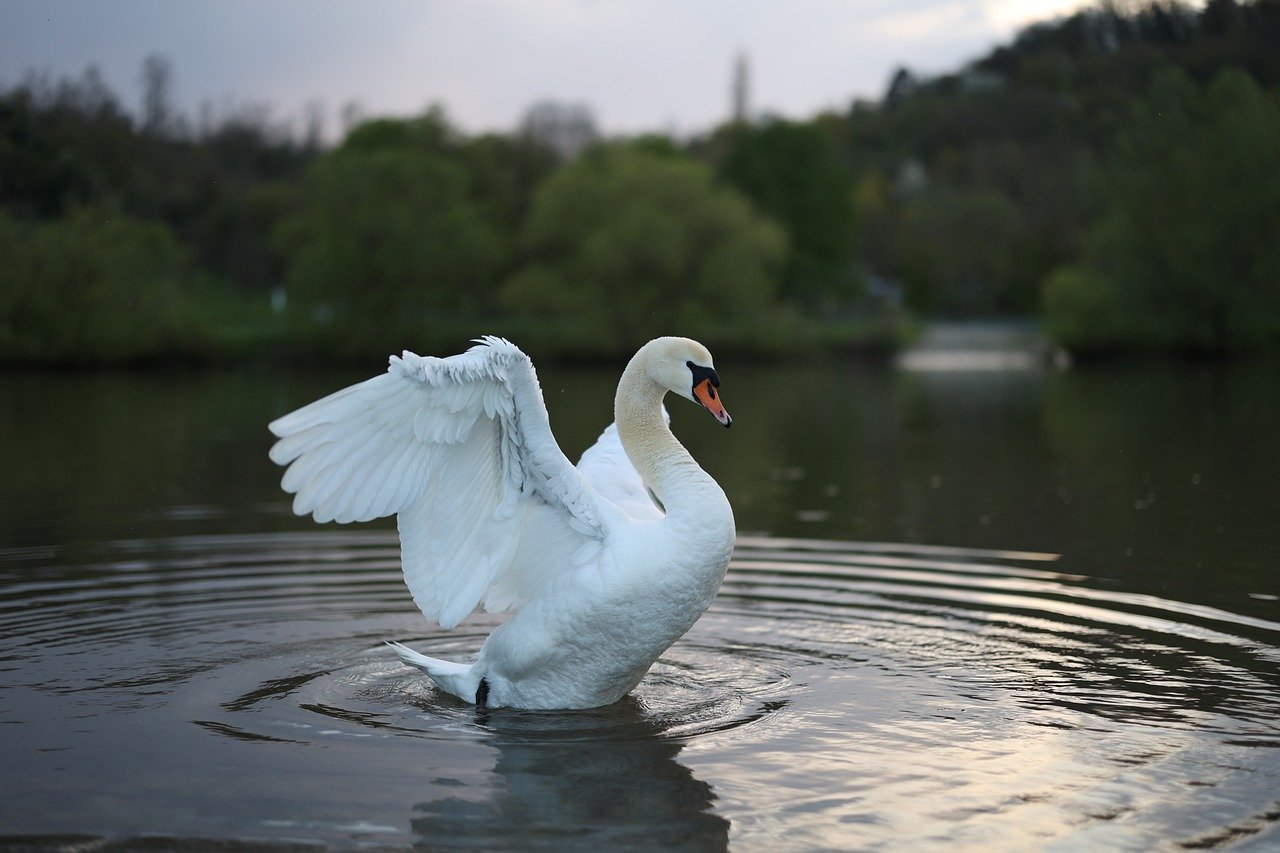
Utilizing Filters
When it comes to in photography, understanding their purpose and how they can enhance your landmark photos is essential. Filters are versatile tools that can help you control light, minimize reflections, and add creative effects to your images. One common type of filter is the polarizing filter, which can reduce glare and enhance colors in your photos by cutting through reflections on surfaces like water or glass. By twisting the filter, you can adjust the amount of polarization to achieve the desired effect.
Another useful filter is the neutral density filter, which reduces the amount of light entering the lens without affecting the color balance. This filter is beneficial when shooting in bright conditions or when you want to achieve long exposure effects, such as capturing smooth water movement in daylight. By selecting the appropriate filter strength, you can control the exposure and create visually striking images.
Experimenting with different filters and understanding their impact on your photos is key to mastering their use in various lighting conditions. Whether you're shooting during the golden hour with warm, soft light or in the harsh midday sun, filters can help you achieve the desired look and mood in your landmark images. Remember to consider the specific characteristics of each filter and how they can complement the lighting situation to elevate your photography.
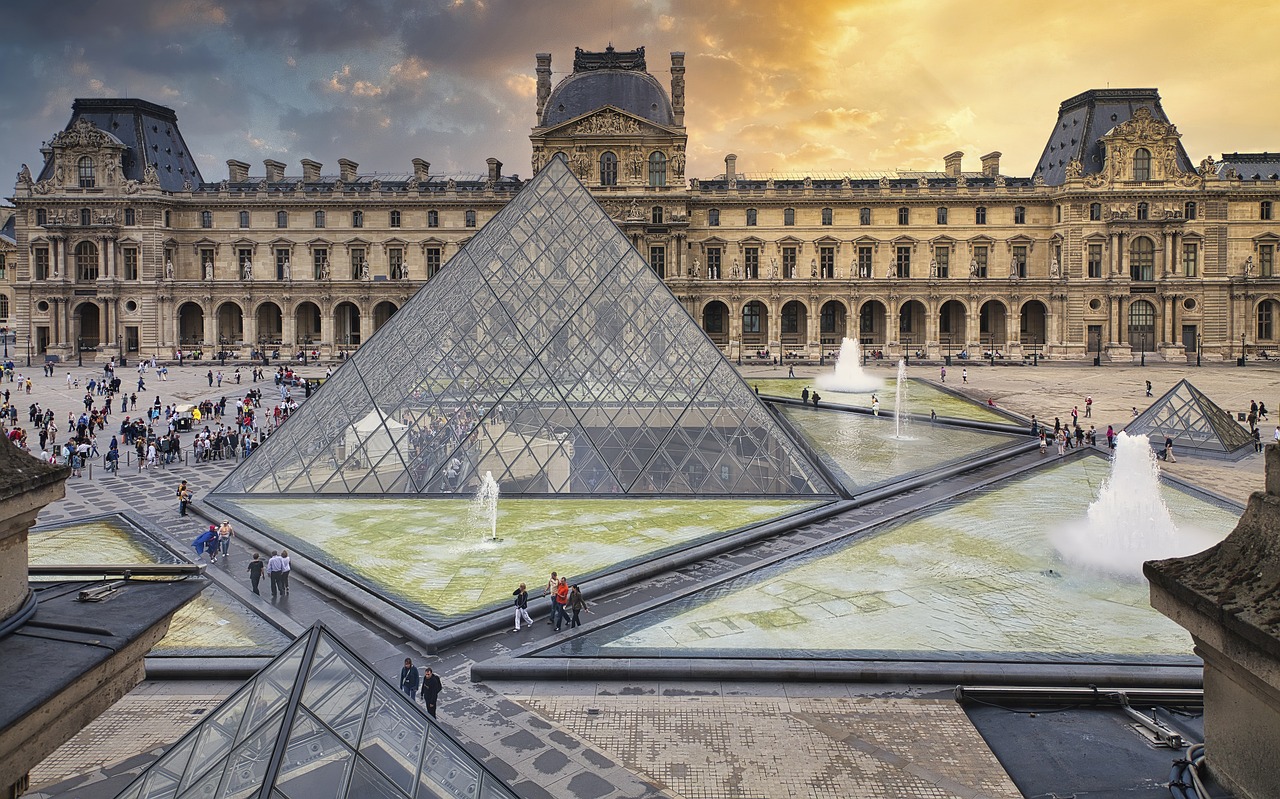
Experimenting with Angles
When it comes to photographing landmarks, the angle from which you shoot can make a world of difference. Imagine standing at the base of a towering monument - would you capture its grandeur better from below, looking up, or from a distance, capturing its surroundings as well? Experimenting with angles allows you to play with light and shadows, emphasizing certain features while minimizing others.
Consider the impact of the sun's position on your subject. Shooting directly into the sunlight can create dramatic silhouettes, while shooting with the sun behind you can illuminate the landmark beautifully. Think of angles as your tools to sculpt light and shape the narrative of your photograph.
One effective technique is to shoot from a low angle, emphasizing the monument's height and dominance in the frame. Alternatively, capturing the landmark from a high vantage point can provide a unique perspective, showcasing its relationship with the surrounding environment.
Experimenting with angles also involves exploring unconventional viewpoints. Instead of always shooting straight on, try tilting your camera or capturing reflections in water bodies nearby. These creative approaches can result in visually striking images that stand out from typical tourist snapshots.
Remember, the beauty of photography lies in its versatility and endless possibilities. Don't be afraid to get down on the ground, climb to a rooftop, or even use drones to capture landmarks from above. Each angle offers a new story to tell, a new way to engage viewers, and a new opportunity to showcase your creativity.

Embracing Shadows and Silhouettes
When it comes to photographing landmarks, embracing shadows and silhouettes can elevate your images to a whole new level. Shadows can create depth and contrast, adding a sense of mystery and drama to your photos. Silhouettes, on the other hand, can convey a powerful narrative with their simple yet striking outlines. By understanding how to work with shadows and silhouettes, you can enhance the mood and storytelling in your landmark photos.
One technique to embrace shadows and silhouettes is to use them to frame your subject. Positioning a landmark in front of a strong light source can create a captivating silhouette against a bright background. This technique not only highlights the shape of the landmark but also adds a dynamic element to your composition.
Experimenting with different angles and perspectives is key when incorporating shadows and silhouettes into your photos. By changing your shooting position, you can manipulate how light interacts with the landmark, casting intriguing shadows or creating dramatic silhouettes. Don't be afraid to get creative and explore unconventional angles to capture unique and visually appealing images.
Furthermore, playing with the contrast between light and shadow can produce stunning effects in your landmark photos. Utilize the natural light available to you to create striking contrasts that draw the viewer's eye to specific elements of the scene. By carefully balancing light and shadow, you can add depth and dimension to your images, making them more engaging and memorable.
Remember, shadows and silhouettes are not just technical aspects of photography; they are powerful storytelling tools. Use them to evoke emotions, convey a sense of mystery, or highlight the grandeur of a landmark. By embracing shadows and silhouettes in your photography, you can transform ordinary scenes into extraordinary works of art.

Post-Processing Techniques
Post-processing techniques are essential for refining your landmark photos and ensuring they stand out in any lighting condition. By utilizing editing tools and techniques, you can enhance colors, contrast, and overall image quality to create stunning visuals. One common post-processing technique is adjusting the brightness and contrast levels to make your landmark photos more vibrant and dynamic.
Additionally, color correction tools can help you achieve accurate and realistic tones in your images, especially when dealing with challenging lighting situations. By fine-tuning the colors, you can bring out the true beauty of the landmarks and make them visually appealing to viewers.
Another important aspect of post-processing is sharpening your images to enhance details and clarity. This technique can help emphasize intricate architectural features or intricate textures in landmark photos, adding depth and definition to your compositions.
Moreover, don't underestimate the power of cropping and straightening your photos during post-processing. By adjusting the composition and alignment of your images, you can improve the overall visual balance and focus on the key elements of the landmarks, creating more impactful and engaging photos.
Lastly, consider experimenting with creative filters and effects during post-processing to add a unique touch to your landmark photos. Whether it's applying a vintage filter for a nostalgic feel or adding a vignette effect for a dramatic look, these creative enhancements can elevate your images and make them stand out in different lighting conditions.
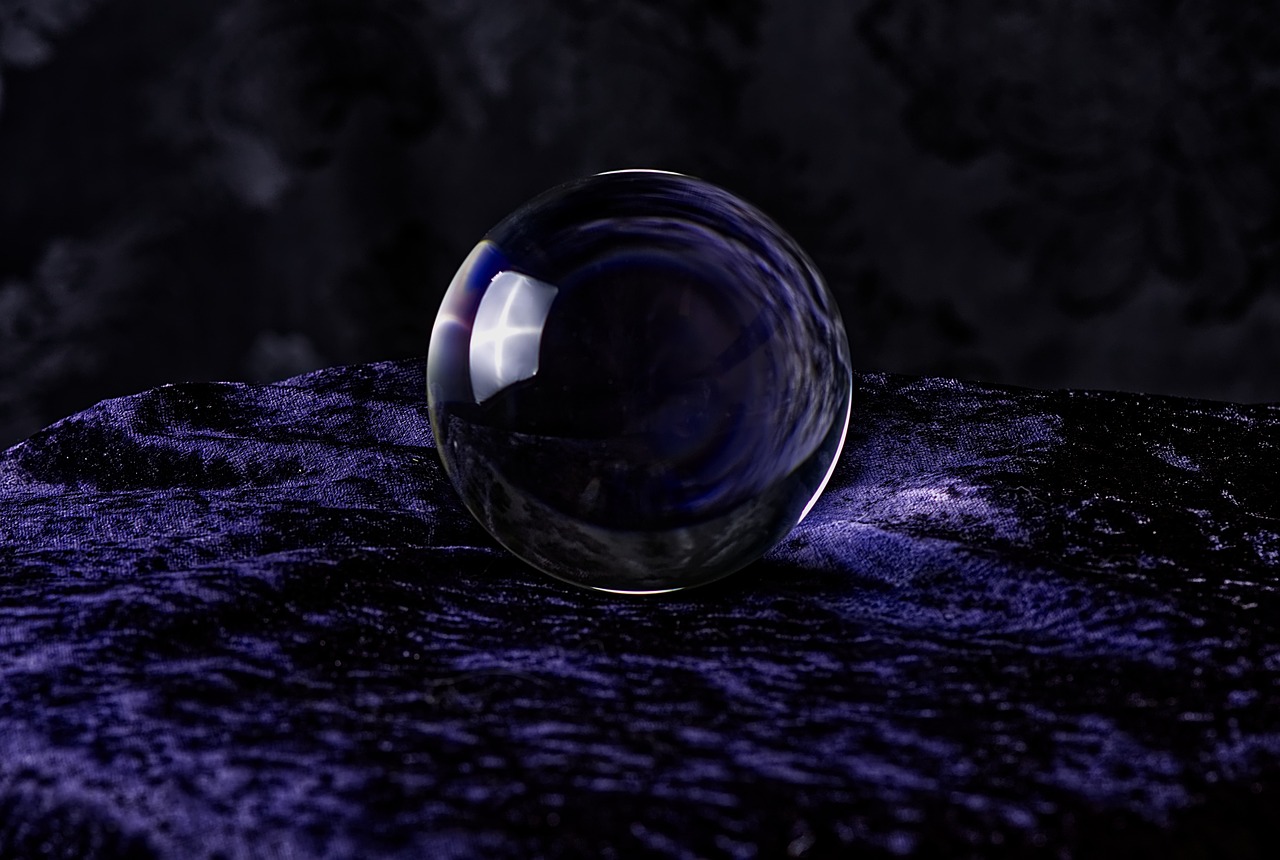
Staying Patient and Persistent
When it comes to photographing landmarks in different lighting conditions, staying patient and persistent is key to capturing that perfect shot. Patience is essential as you may need to wait for the ideal lighting conditions or the right moment to click the shutter. It's like waiting for a flower to bloom; rushing the process may not yield the best results.
Persistence is equally important. Not every attempt will result in a masterpiece, but each shot is a learning opportunity. Keep practicing, keep experimenting with different settings and angles, and keep honing your skills. Rome wasn't built in a day, and neither is a portfolio of stunning landmark photos.
Think of it as a journey rather than a race. Enjoy the process of capturing landmarks in various lighting conditions, embrace the challenges, and celebrate the small victories along the way. Remember, every great photographer started somewhere, and it's the dedication to the craft that sets them apart.
Frequently Asked Questions
- How can I improve my landmark photography in challenging lighting conditions?
To enhance your landmark photography in varying lighting situations, it's essential to understand natural and artificial light sources, experiment with camera settings, utilize filters, explore different angles, and embrace shadows creatively.
- What role does post-processing play in improving landmark photos?
Post-processing techniques allow you to fine-tune your images, correct lighting issues, enhance colors and contrast, and overall improve the quality of your landmark photos, making them stand out in any lighting condition.
- Why is patience and persistence important in photographing landmarks?
Patience and persistence are crucial when capturing landmarks in different lighting conditions. Waiting for the right light, revisiting locations, and continuous practice are key to refining your skills and capturing stunning landmark images.

